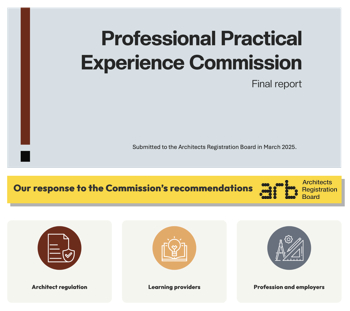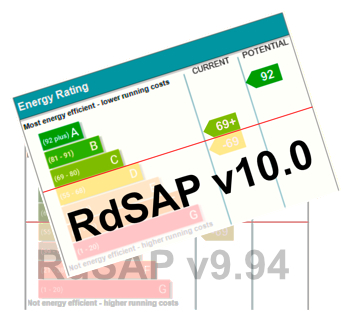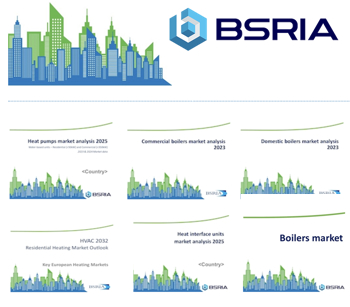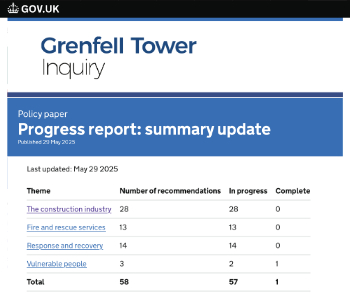Flagship first project for CPC 2013
NB This article was written in February 2015. In November 2015, the Complex Projects Contract was updated and renamed the Time and cost management contract TCM15.
The Complex Projects Contract (CPC 2013) was developed by the Chartered Institute of Building (CIOB). Launched on 23 April 2013, it is thought to be the world’s first contract specifically aimed at the management of time in complex construction and engineering projects.
The first project to use CPC 13 looks set to be the £600M United Nations (UN) headquarters in Geneva, the Palais des Nations, which is a complex, overlapping, phased new build and refurbishment project. The UN has already decided to adopt the proposed CPC consultancy document for its professional appointments prior to the document’s formal publication. Construction of the six year building programme is due to start in 2017.
The intention is to use the CIOB Contract Agreement with 90% of its clauses un-amended. It will be interesting to examine which clauses the employer’s team consider need alteration. The conditions of contract and appendices which are project specific will have to be prepared by the consultant team. The independent 'valuer' and the 'project time manager' have yet to be appointed by the employer. These key appointments will be fundamental to the success of this first test of a new way of working. The two explanatory documents accompanying the contract 'user notes' and 'general index' will also be put to the test although neither document is contractual.
In some aspects CPC 2013 takes its lead from the New Engineering Contract (NEC) insomuch as it is:
- Written in plain English with practical engineering, project management and cost consultancy input to the legal drafting.
- It encourages parties to put more effort into defining the programme and pricing risk.
- It is versatile, suitable for use with; measured work, fixed price, design and build, target cost or traditional procurement systems.
- It promotes transparency and collaboration.
- It empowers the employer to manage its risks.
- It aims to anticipate adverse time or cost issues with early warnings.
- It provides for quick and inexpensive dispute resolution.
However, CPC 2013 seeks to improve on the NEC provisions by introducing management protocols and mechanisms using activity-based pricing and synchronised work schedules which include the pricing of time contingencies. This requires a critical path programme setting out free float for each activity as well as total float. The project programme has three levels of density to ensure it remains dynamic:
- Low density which sets out programmed work for 10 months and beyond.
- Medium density for work from 4 to 9 moths.
- High density which is short term.
This process sets out to constantly predict the outcome of costs and completion. The latest updated position is published electronically and collaborative meetings are held to do whatever is practical to reduce delays and unforeseen costs. The contract administrator can instruct remedial measures accordingly. Liquidated and ascertained damages as well as capped consequential losses can be levied for delays caused by matters under the contractor’s control.
CPC 13 seeks to clearly address and allocate risk and its adverse costs. It is very thorough in setting out how timescales are to be predicted and monitored, including contingency planning. The contract addresses concurrent delay in relation to extension of time and financial entitlement.
The independent valuer, who assesses interim payments for work, assisted by transparency of time and priced contingency (set out in the contract and as work proceeds) has more tools at their disposal to assess costs of delay, particularly when building information modelling (BIM) data is synchronised with work schedules. These arrangements should lead to better control of variations than has been the case with NEC projects.
In an effort to prevent festering disputes there is a fast and relatively cheap adjudication procedure which can be invoked when parties cannot reach agreement. Outside experts can be brought in to assist the adjudicator’s determination which is binding if not challenged within 20 working days.
The eyes of the industry will be focused on the Geneva project which will doubtless reveal teething problems leading to improvements.
--CIOB
[edit] Find out more
[edit] Related articles on Designing Buildings Wiki
- BIM.
- CIOB.
- Collaborative practices.
- Construction contract.
- CPC 2013.
- Critical path.
- FIDIC.
- JCT.
- NEC3.
- Procurement route.
- Project programme.
[edit] External references
- Construction Manager February 2015 edition
- Contracts and Law by Keith Pickavance
- CIOB WEBSITE – CPC 13 Webinar
Featured articles and news
Professional practical experience for Architects in training
The long process to transform the nature of education and professional practical experience in the Architecture profession following recent reports.
A people-first approach to retrofit
Moving away from the destructive paradigm of fabric-first.
International Electrician Day, 10 June 2025
Celebrating the role of electrical engineers from André-Marie Amperè, today and for the future.
New guide for clients launched at Houses of Parliament
'There has never been a more important time for clients to step up and ...ask the right questions'
The impact of recycled slate tiles
Innovation across the decades.
EPC changes for existing buildings
Changes and their context as the new RdSAP methodology comes into use from 15 June.
Skills England publishes Sector skills needs assessments
Priority areas relating to the built environment highlighted and described in brief.
BSRIA HVAC Market Watch - May 2025 Edition
Heat Pump Market Outlook: Policy, Performance & Refrigerant Trends for 2025–2028.
Committing to EDI in construction with CIOB
Built Environment professional bodies deepen commitment to EDI with two new signatories: CIAT and CICES.
Government Grenfell progress report at a glance
Line by line recomendation overview, with links to more details.
An engaging and lively review of his professional life.
Sustainable heating for listed buildings
A problem that needs to be approached intelligently.
50th Golden anniversary ECA Edmundson apprentice award
Deadline for entries has been extended to Friday 27 June, so don't miss out!
CIAT at the London Festival of Architecture
Designing for Everyone: Breaking Barriers in Inclusive Architecture.
Mixed reactions to apprenticeship and skills reform 2025
A 'welcome shift' for some and a 'backwards step' for others.






















